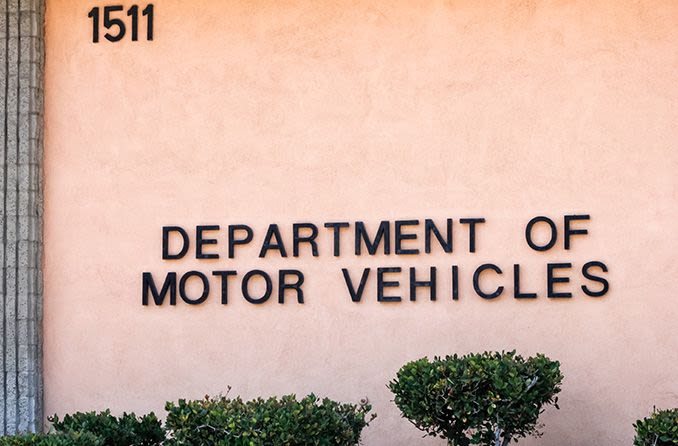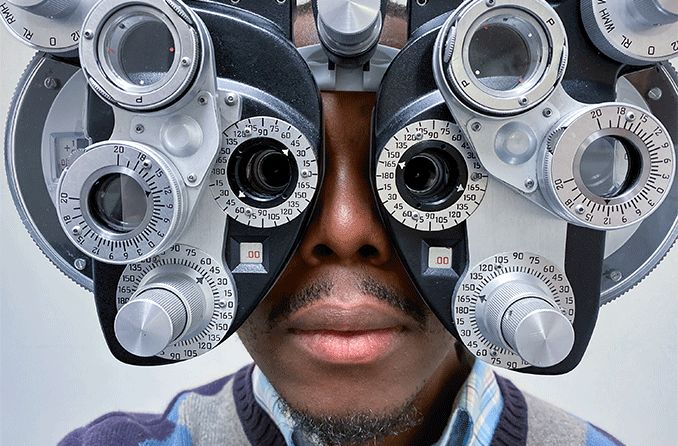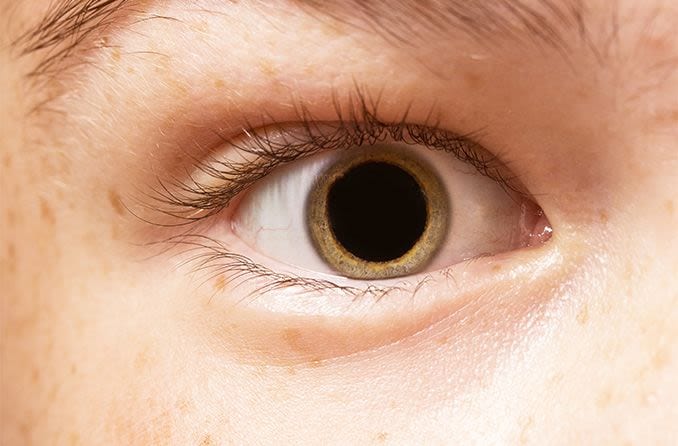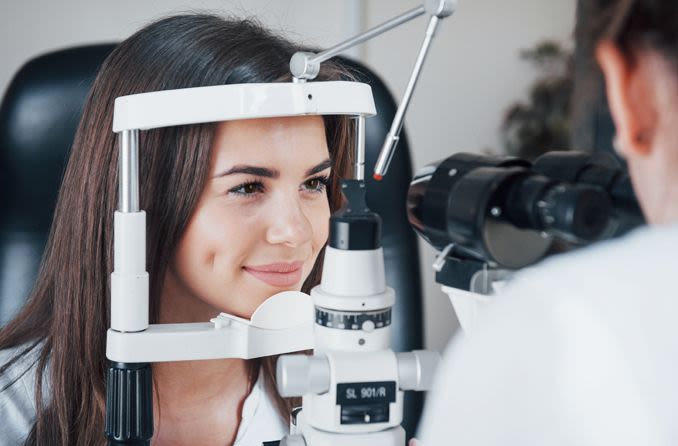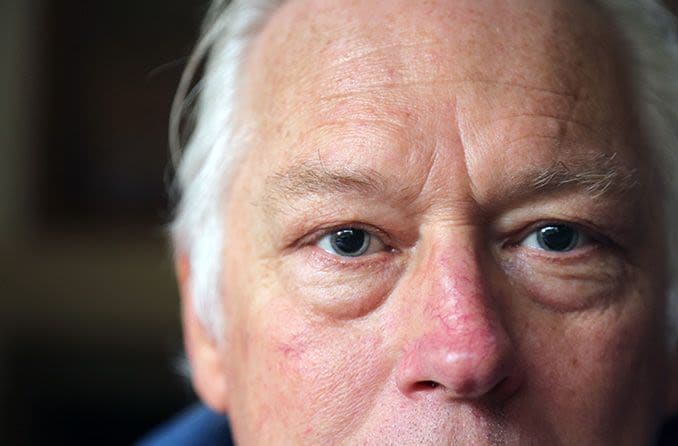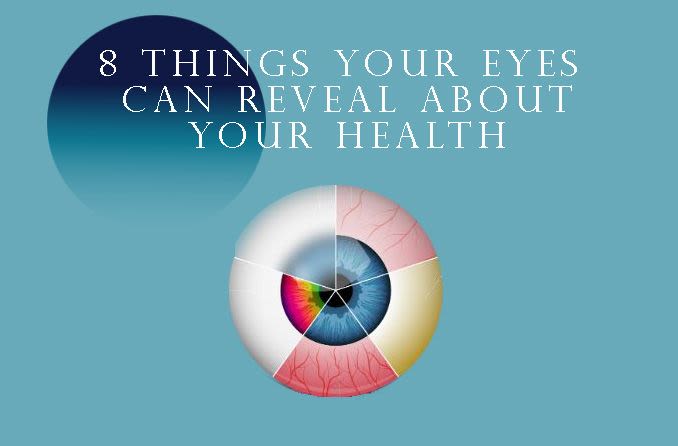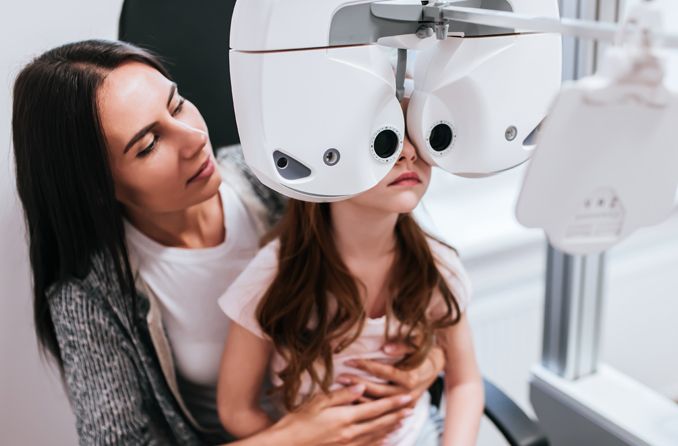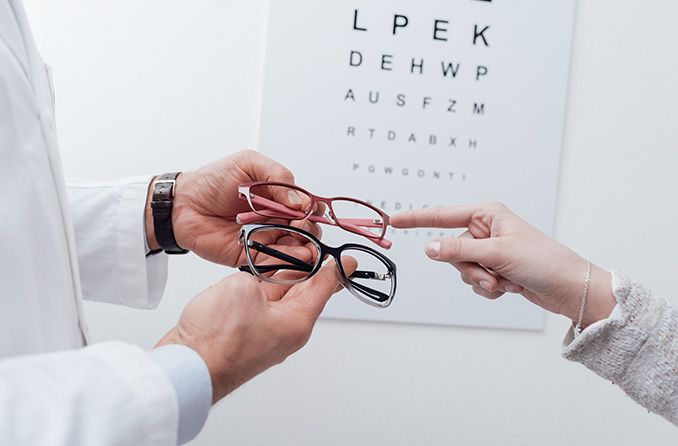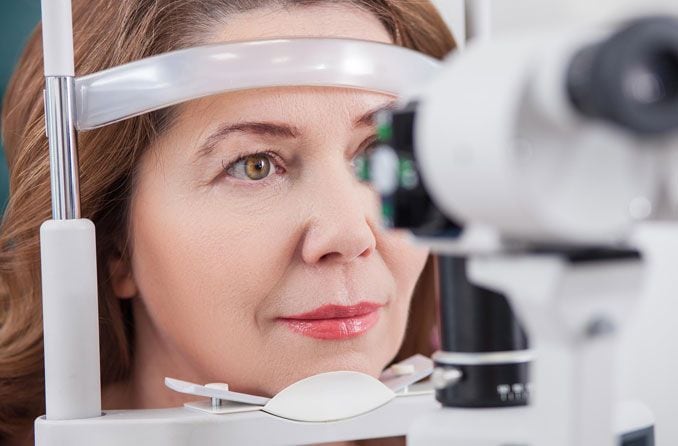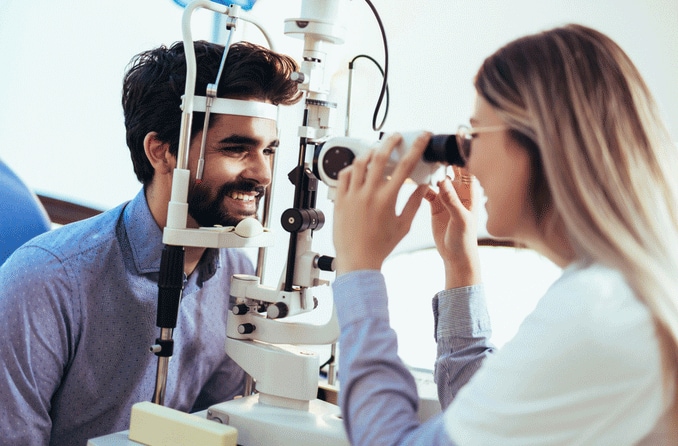How to pass your DMV eye test
A DMV vision test is one of the first things you’ll need to complete to receive a driver’s license. Some people will also need to pass an eye test to renew their licenses.
You don’t need to have 20/20 vision to get a driver’s license. The details vary by state, but 20/40 vision or better — natural or corrected —is the most common requirement.
That means that anyone with 20/40, 20/30 or 20/20 vision (or better), while they’re wearing any necessary glasses or contact lenses, should meet the Department of Motor Vehicles vision requirement in their state.
Most DMV eye tests are straightforward and don’t take very long. Depending on your state (and your vision), your vision test may take less than a minute.
What does the DMV eye chart look like?
Most DMV vision tests include some form of a Snellen eye chart.
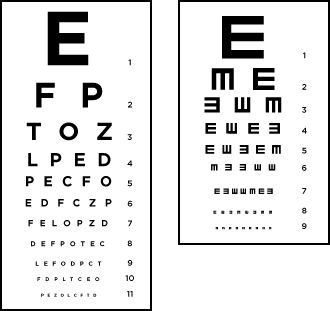
How a Snellen chart and a "tumbling E" chart might look at your eye doctor's office.
If you’ve ever had an eye exam, you might be familiar with these charts. They have one big letter at the top (usually an “E”) and several rows of gradually smaller letters below.
A DMV employee will ask you to read certain rows to find out how well you can recognize the characters on the chart. They can measure the sharpness of your eyesight based on the smallest row of letters you can read.
You’re allowed to wear your glasses or contact lenses during this part of the eye test. But only wear them at the DMV if you need to wear them while you’re driving too. The state will place a restriction on your license that requires you to wear your prescription lenses any time you’re behind the wheel.
Test your vision before you go to the DMV with our free, printable eye chart.
If you have difficulty reading the eye chart, you may be asked to complete additional distance vision tests on a testing machine.
Some states also require you to complete a visual field test, which is used to check for peripheral (side) vision loss. During a visual field exam, you’ll look straight ahead and watch for lights to the sides of your central field of view.
You may also need to complete a short color blindness test.
Like the measurements of your visual sharpness, different states also have different requirements for peripheral and color vision.
What are the minimum eyesight requirements to get a driver’s license?
Minimum vision requirements for driving vary by state.
Remember, the lower the second number is, the sharper your vision. 20/40 is better than 20/60, 20/20 is better than 20/40, and 20/15 is even better than 20/20.
For example, in California, you need to meet these requirements to get a standard, non-commercial driver’s license:
- 20/40 or better in one eye and 20/70 or better in the other eye
- 20/40 or better with both eyes tested together
In Texas and New York, however, you’ll only need to have 20/70 vision in the better eye. However, someone with 20/70 vision in Texas may receive a restriction on their license that only allows them to drive during the day at speeds of 45 miles per hour or less.
These restrictions are common in other states too.
As another example, Florida applicants can:
- Receive an unrestricted license with 20/40 vision.
- Receive a restricted license with 20/70 vision in one eye and at least 20/100 vision in the other eye.
Again, remember that you can (and should) wear your corrective lenses if you need to, no matter which state you live in.
DMV vision requirements change all the time, so make sure to check with your state’s driver’s license office for up-to-date information before you go in.
What happens if I fail my DMV vision test?
If you don’t pass the eye exam, the DMV employee may consider a variety of issues before they decide the next step.
These issues may include:
- The severity of your vision condition
- How the condition affects your central and peripheral vision
- Whether the condition affects one or both eyes
- Whether the condition can be corrected with glasses, contact lenses or vision surgery
- Whether the vision condition will worsen over time
Depending on your individual situation, the state may place a restriction on your license. Restrictions could include:
- Requiring you to wear corrective lenses
- Restricting where or what time of day you can legally drive
- Issuing a license for a shorter term
The DMV will give you a special form for your eye doctor to complete and sign. This form might be called “Report of Vision Examination” or “Explanation for Eye Specialist” — or a similar name.
If you fail the vision test while wearing your eyeglasses orcontacts, your prescription could be outdated. In that case, you’ll need to schedule a comprehensive eye exam, where an eye doctor can measure your eyesight and provide an updated prescription for glasses or contacts.
Wear your new glasses or contact lenses when you go back to the DMV — and don’t forget to bring the signed form from your eye doctor.
Your vision will be retested during this visit. In some cases, you may need to take a driving test to prove to the DMV you can drive safely.
And remember, if you have to wear glasses or contacts to pass your vision test, you need to wear them when you’re driving too. The DMV will list this as a restriction on your driver’s license.
If you have one of these restrictions and get pulled over by a police officer without your corrective lenses, you may be required to pay a fine. In some states, driving without corrective lenses is even punishable by jail time — so don’t forget your glasses or contacts!
How can I prepare for my eye test?
Print out our eye chart and test your vision at home using the directions attached to the chart. If you can read the “20/40” row or lower (and have passable peripheral vision), you should be able to pass the DMV vision test.
If you’re not sure your eyesight is good enough to pass — or if you want to improve your vision measurement — schedule an eye exam with an eye doctor. Many optometrists can get you in for an exam within a day or two.
Improving your vision may be as simple as ordering a pair of prescription glasses. The doctor will measure your eyesight and provide you with an up-to-date vision prescription, along with different ways you can improve the quality of your eyesight.
READ NEXT: Can you cheat on an eye exam?
